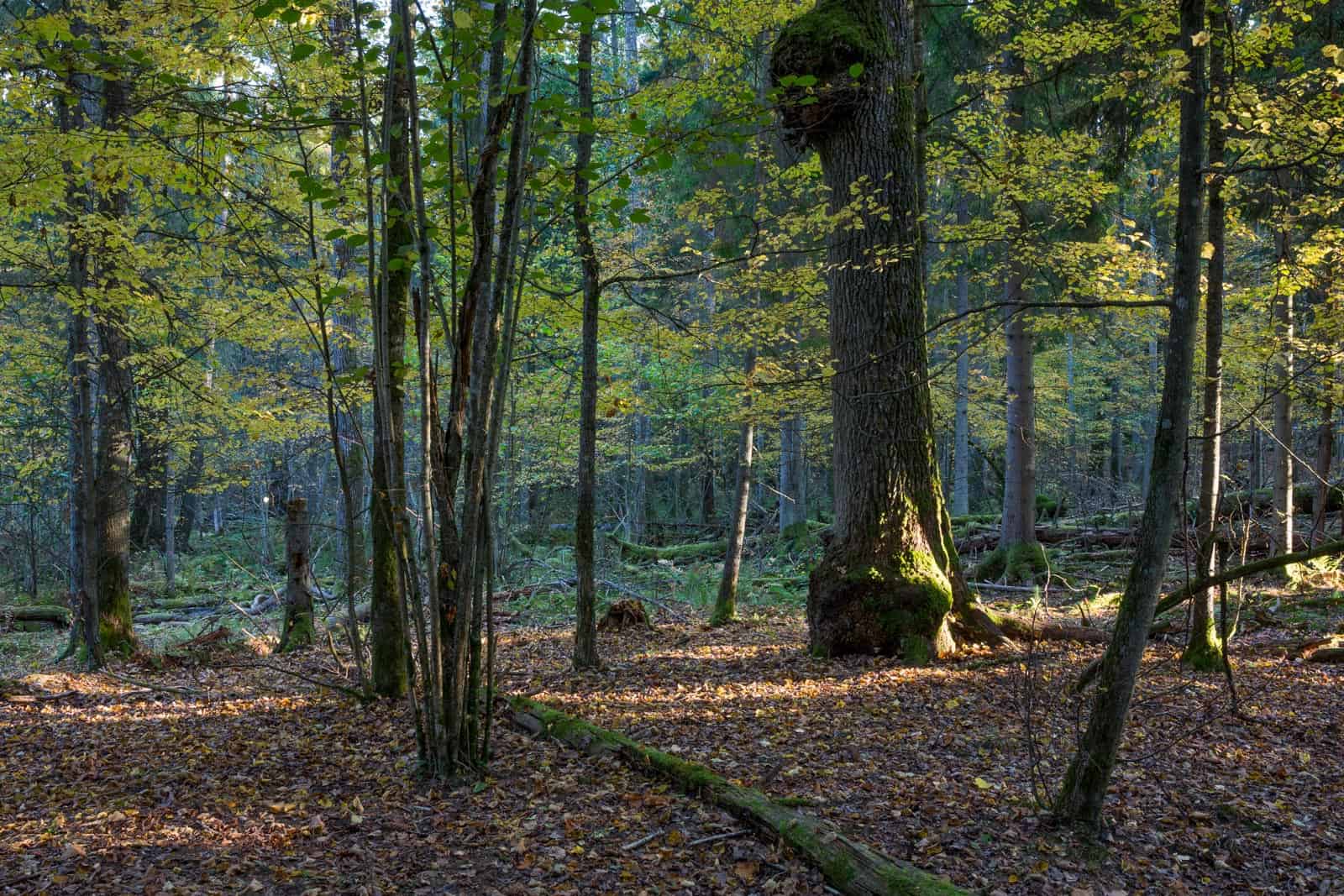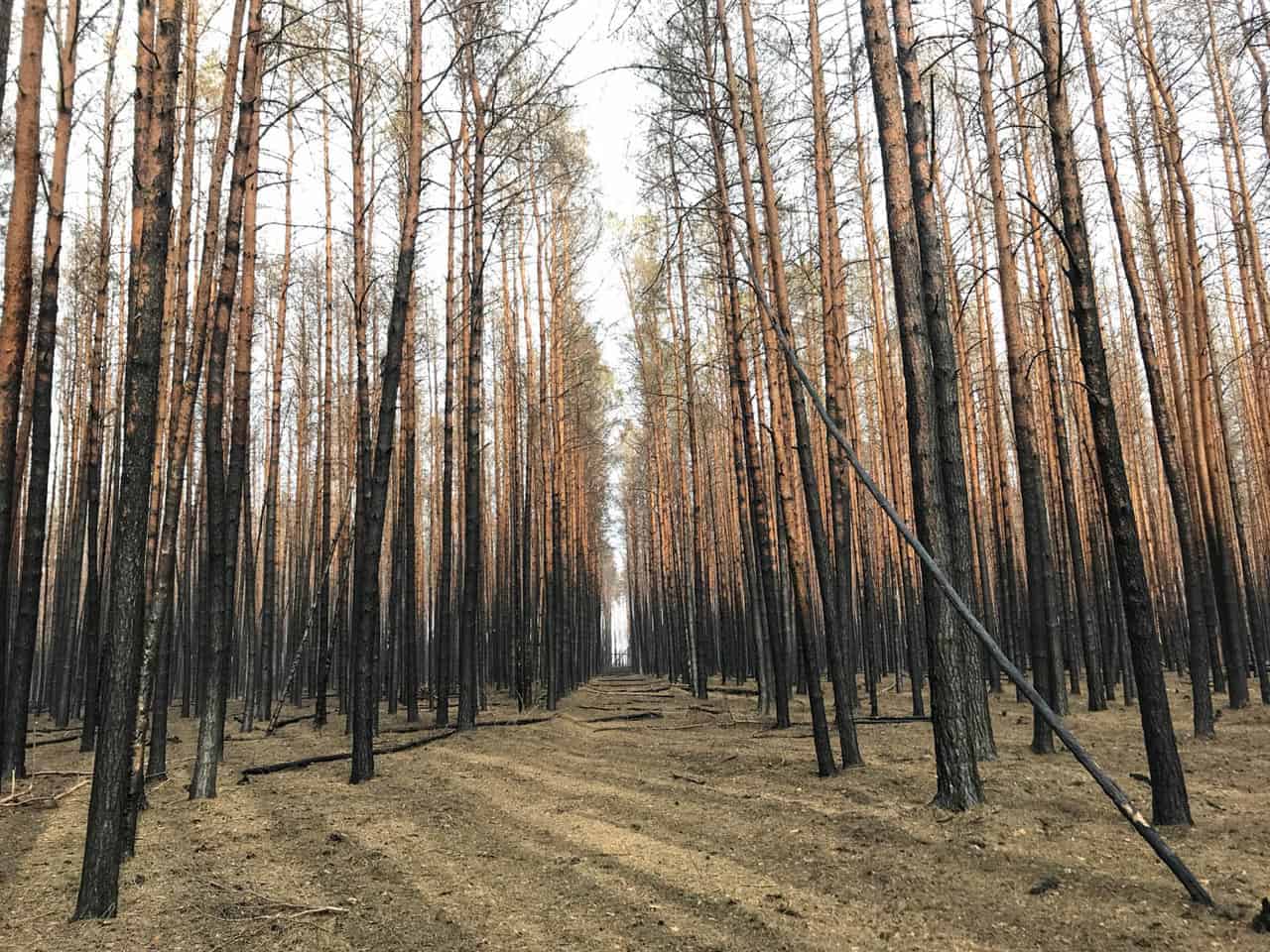Wilderness book club: The hidden life of trees by Peter Wohlleben
If a book is titled ‘The Hidden Life of Trees’ and its subtitle is ‘What Do They Feel, How Do They Communicate? Discoveries from a Secret World’, one is caught up in the suspicion that he or she is holding a sensationalist book with statements backed by dubious results. However, the book by the German forester Peter Wohlleben is not quite like that. The Hidden Life of Trees is an interesting and mostly scientifically grounded educational read, after which the last sentence of the book will probably resonate with all readers: “only those who know trees can protect them.”
Reading can take you on adventures to different places and expand your knowledge. In 2021, European Wilderness Society aims to start a virtual book club with the focus on Wilderness and nature protection. In this series, we review a variety of books aiming to inspire you to read and share your thoughts with us.
Surprising parallels between trees and animals
In 2015, Peter Wohlleben, a German forester, published a popular book called ‘The Hidden Life of Trees’. The English version came out in 2016 and became a New York Times bestseller soon after. The very first sentence gives the basic tone of the book. ” When I began my professional career as a forester, I knew about as much about the hidden life of trees as a butcher knows about the emotional life of animals.”
This book builds on the perception and at the same time criticises the view that the forest is nothing more than a source of raw material for the furniture industry. This way of thinking does not value forest ecosystems so it does not seek “humane”, or better said, sustainable forestry. Wohlleben aims to show the harmful practices of this approach through his own examples.
In my first years as a forester, I had young trees girdled. In this process, a strip of bark 3 feet wide is removed all around the trunk to kill the tree. Basically, this is a method of thinning, where trees are not cut down, but desiccated trunks remain as standing deadwood in the forest. Even though the trees are still standing, they make more room for living trees, because their leafless crowns allow a great deal of light to reach their neighbors. Do you think this method sounds brutal? I think it does, because death comes slowly over a few years and, therefore, in the future, I wouldn’t manage forests this way.

Communication between trees is also partly due to these fungal filaments. They are in close connection with to the roots and pass nutrients not only to the weak individuals, but also to their “offspring”. According to the book, trees “recognise” their offspring. They moreover prefer them over other tree species in the supply of nutrients.
In addition to helping, relatives try to live closely together. They grow to roughly the same height, and the top branches grow thicker toward their rivals, not their “friends”. Unfortunately, researchers are not quite aware of the scientific background behind these observations. In many cases therefore, Wohlleben must stick to describing the phenomena, without clear scientific explanation.
Natural forests and urban forests
It is important to emphasize that in Wohlleben´s examples refer to natural forests. Therefore, the phenomena described in the book are hardly valid for trees in urban areas. The latter are often planted side by side without expertise and special considerations. Therefore, they receive exposure to different – much more harmful – effects than their forest counterparts. As Wohlleben calls them, urban trees are the “street kids” of the forest. Teared out of their natural medium, they have to deal with smogy urban air, unventilated (concreted) soil, and many more. Branches that have grown ‘too big’ are cut off, thus upsetting the balance of root and canopy.
One of the book’s undisguised intentions is to look at trees differently after reading. This different view also applies to trees in urban environments. Just as forest trees are not just raw materials, so are urban trees not just “street furniture”, mere scenery between buildings. Moreover, understanding the “behavior” of trees in their natural environment can help us to become more accurate, professional, and more empathetic in dealing with them in general. Because the key here is empathy. Understanding and accepting that trees are also living beings and, as such, “sentient beings” – even if we can understand something else in our human terms.
Can trees be a mirror for humanity?
Wohlleben constantly seeks to describe the trees with various anthropomorphisms (sometimes perhaps in a slightly over-rhetorical way). These personifications make reading about trees understandable. Where the author makes dubious findings, he aims to draw the reader’s attention to this. The book is therefore worth reading with the awareness that not all discoveries are well-founded. For example, there is a clear difference between trees perceiving or actually feeling “pain”, and comparing it to when a caterpillar bites into their leaf. Similarly, it is important to differentiate between trees´ ability to respond only to stimuli that come to them, or their ability to somehow “learn” and “remember”. In any case, perhaps one of the greatest virtues of the book is that it is an easy, captivating read, that makes trees easier to empathise with.
Reading Peter Wohlleben’s book, really makes the reader feel like they are walking in a forest. Questionable of course, in what kind of forest. This is because the author repeatedly notes that a real primeval forest has hardly remained in Central Europe. This makes it difficult to study trees (their function and survival strategies) on the long term. The metaphors used by the author contribute very well to a better understanding of the phenomena described. For example, it helps to shed light on the role of fungal networks. They are, so to speak, the forest internet, the “wood wide web”. It is also illustrative when the author compares the tree bark to human skin. Another example is when he describes that old trees are balding.
Change the way you view forests
So the book doesn’t always avoid “over-humanizing” trees, but the reader should do so. It aims to emphasise that eco-friendly practices are not only economically sustainable. They also benefit the health of our planet and the mental and physical health of all of us. We can learn a lot about trees from Peter Wohlleben’s book. After reading, you will look at them differently: as living beings that are also essential for the quality of human life.








